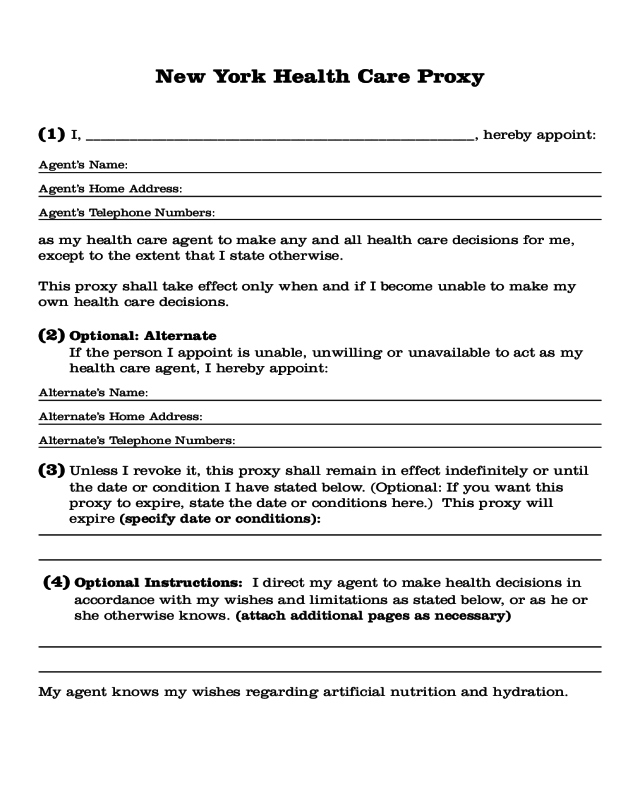According to the HHS Action Strategy to Lower Racial and Ethnic Health Disparities, the two significant elements adding to disproportionate health issue are inadequate access to care and the provision of second-rate quality health care services. Several federal government firms within the U. What is public health.S. Department of Health and Human being Solutions work to get rid of the health disparities experienced by minority populations: The Office of Minority Health (OMH) works to improve the health status of racial and ethnic minorities, remove health variations, and attain health equity in the U.S. OMH provides Minority Population Profiles for African Americans, AI/ANs, Asian Americans, Hispanics and Latinos, and Native Hawaiians and Pacific Islanders that include numerous pieces of information such as a market overview, educational attainment, health conditions, medical insurance coverage, economics, language fluency, U.S.
The Federal Workplace of Rural Health Policy (FORHP) has a longstanding issue with the diverse health needs of rural minority populations and provides information, know-how, and grant opportunities to attend to the injustices found in rural minority health populations. The CDC Workplace of Minority Health and Health Equity (OMHHE) intends to get rid of health disparities for susceptible populations as defined by race/ethnicity, socioeconomic status, location, gender, age, impairment status, sexuality, gender, and to name a few populations recognized to be at-risk for health variations. Every state has a state office of minority health or health equity workplace charged with decreasing health disparities within their state, providing state-level health details and resources targeted toward minority populations.
A number Addiction Treatment of publications identify and describe the rural health disparities that consist of city comparisons. The study Exploring Rural and Urban Mortality Differences offers information tables and online tools displaying mortality rates for the 10 leading causes of death by rurality, age, region, and sex. The 2014 Update of the Rural-Urban Chartbook highlights health trends and variations throughout different levels of metro and nonmetropolitan counties. The chartbook consists of population attributes, health-related behaviors and danger elements, mortality rates, and healthcare access and usage. Specific information tables in the chartbook are offered in an Excel file. A National Healthcare Quality and Disparities Report is released annually by the Firm for Health Care Research Study and Quality.
population and backwoods. The report likewise tracks the success of activities to lower variations. Health Disparities: A Rural-Urban Chartbook is a research project presenting information on health variations experienced by individuals living in rural America. Some variations recognized are poorer health status, higher frequency of obesity, lower options for activity, and greater death rates. Health, United States provides an annual overview of nationwide trends in health data. The report covers health status and factors, health care utilization, access, and expenditures. To see rural data in the Data Finder, select Metropolitan and nonmetropolitan under Population Subgroups. Rural Healthy People 2020 details a strategic plan to recognize rural health priority areas.

The Rural Health Research study Entrance's Health Disparities and Health Equity topic lists of publications and jobs on the topic of rural health variations and health equity established by FORHP-funded rural health proving ground. Rural-Urban Disparities in Health Care in Medicare analyzes differences and variations in the quality of Medicare services for rural and city populations, and includes rural health disparity data by race and ethnic background. The Rural Border Health Chartbook II analyzes rural and metropolitan U.S.-Mexico border counties by comparing them to other counties in the 4 border states and to other rural and urban counties in the U.S. Provides county-level rates and stats for socio-demographic aspects, healthcare gain access to, health results, and more. 11 crib death per 1,000 births), and infants born to Asian or Pacific Islander mothers experienced the most affordable rates (3. 90 crib death per 1,000 births) (NCHS, https://uebermaps.com/maps/17977-transformations-treatment-center 2016). In 2015 the portion of low-birthweight infants increased for the first time in 7 years. For white infants, the rate of low-birthweight babies was basically the same, but for African American and Hispanic infants, the rate increased (Hamilton et al., 2016). Obesity, a condition which has many associated chronic illness and devastating conditions, impacts racial and ethnic minorities disproportionately too. This has major implications for the lifestyle and wellness for these population groups and their households.
9 percent), and Asians had the most affordable (8. 6 percent) (NCHS, 2016). Once again, there is variation amongst Hispanics; Mexican Americans suffer disproportionately from diabetes (HHS, 2015). Cardiovascular disease and cancer are the leading causes of death throughout race, ethnic background, and gender (see Table 2-1). African Americans were 30 percent more most likely than whites to die too soon from heart disease in 2010, and African American men are two times as likely as whites to pass away too soon from stroke (HHS, 2016b,d). The U.S. Centers for Disease Control and Prevention (CDC) reports that nearly 44 percent of African American guys and 48 percent of African American females have some kind of cardiovascular illness (CDC, 2014a).
Getting The What Is Health Science To Work
Leading Causes of Death by Race, Ethnic Culture, and Gender, 2013. Homicide-related deaths, another instance of health variations, are highest for African American men (4. 5 percent) and are at least 2 percent for American Indian/Alaska Native and Hispanic guys. The rate of suicide is highest for male American Indians/Alaska Natives, who are also more get more info most likely than other racial and ethnic groups to pass away by unintended injury (12. 6 percent of all deaths) (CDC, 2013d). It is very important to be mindful with data on disparities in poverty, obesity, and diabetes for numerous reasons. Initially, monitoring and other information are appropriate at recording blackwhite variations in part due to the fact that of their large sample sizes.